How to Get Rid of Ants

How to Get Rid of Ants: A Simple Guide to an Ant-Free Home
Let’s face it—dealing with ants is one of those household nuisances that can drive anyone up the wall. You spot one crawling across your kitchen counter, and before you know it, there’s an entire army marching in, uninvited. If you’re wondering how to get rid of ants quickly and effectively, you’re not alone! Ant infestations are a common problem, but the good news is that there are plenty of proven methods to eliminate them.
In this guide, we’ll explore everything you need to know about tackling ant infestations and keeping your home pest-free. From understanding the common types of ants in Australia to discovering natural remedies, chemical solutions, and preventative measures, we’ve got all the tips and strategies you need. Whether you’re dealing with black ants in the pantry or fire ants in the yard, our expert advice will help you regain control of your space and stop ants in their tracks. Let’s dive in and uncover the best ways to eliminate ants for good!
Common Types of Ants in Australia: Indoors and Outdoors
Australia is home to a variety of ant species, each with unique habits and preferences. Knowing which ants you’re dealing with is essential for effective removal. Here are some common ant species you might encounter around your home:
- Black House Ants: These tiny, dark ants are a frequent sight in kitchens, drawn to sugary foods, crumbs, and spills.
- Argentine Ants: Known for their long trails and rapid spread, these ants can form massive colonies both inside and outside your home.
- Coastal Brown Ants: Often found in gardens and cracks in walls, they’re known for creating unsightly trails into homes.
- Carpenter Ants: While they don’t consume wood, they excavate it to build nests, potentially causing structural damage.
- Green Tree Ants (Weaver Ants): Commonly seen in trees and shrubs, these ants can occasionally make their way indoors.
- Bulldog Ants: Recognizable for their large size and aggressive behavior, these ants deliver a painful sting and are best avoided in gardens or outdoor areas.
- Sugar Ants: As the name suggests, these ants are attracted to sugary substances and are commonly found raiding pantries.
- Fire Ants: One of the most dangerous ant species in Australia, fire ants are small but highly aggressive. They are notorious for their painful stings, which can cause severe allergic reactions in some people. These ants often nest in soil, particularly in sunny areas like gardens, lawns, and parks. Fire ants are not just a nuisance—they’re a serious threat to native wildlife and agriculture. If you suspect fire ants on your property, it’s important to act quickly and report sightings to local authorities as they are a declared pest in many regions of Australia.
Understanding these species helps you choose the best ant control solutions and protects your home from further infestations.
Natural Ant Control Methods
Here are effective natural ways to control ants in and around your home:
- Seal Entry Points: Close off cracks, gaps, and crevices around your home’s exterior to prevent ants from entering.
- Maintain Cleanliness: Regularly clean up food spills, crumbs, and grease. Store food in airtight containers to remove potential food sources.
- Remove Moisture Sources: Fix leaky pipes and use dehumidifiers in damp areas, as ants are attracted to water.
- Vinegar Solution: Mix equal parts water and white vinegar in a spray bottle and apply it to ant trails to disrupt their scent paths.
- Diatomaceous Earth: Sprinkle food-grade diatomaceous earth along ant paths and near entry points. This natural powder dehydrates and kills ants upon contact.
- Essential Oils: Use peppermint, tea tree, or eucalyptus oils mixed with water to create a natural repellent spray. Apply around windows, doors, and ant trails.
- Cinnamon and Spices: Sprinkle cinnamon, cayenne pepper, or coffee grounds along ant trails to deter them with strong scents.
Chemical Ant Control Methods
When natural methods aren’t enough, consider these effective ant control solutions:
How Ant Baits Work
- Attract and Ingest: Ant baits are formulated with attractants (like sugars or proteins) that lure ants. Worker ants feed on the bait and ingest the poison.
- Transfer to the Colony: The worker ants carry the poisoned bait back to the nest and share it with the rest of the colony, including the queen, through a process called trophallaxis (food sharing).
- Elimination of the Colony: Over time, the poison spreads throughout the colony, effectively eliminating the workers, larvae, and queen, causing the entire nest to collapse.
How Surface Sprays Work
- Contact Kill: Surface sprays contain fast-acting insecticides that kill ants when they come into direct contact with the treated surface.
- Residual Protection: Many surface sprays leave a residue that continues to kill ants for weeks or even months, providing long-lasting protection.
- Barrier Formation: By applying sprays around entry points, you create a barrier that stops ants from entering your home in the first place.
How Dust Treatments Work
- Contact Kill: Dust particles attach to the ants’ bodies as they crawl through treated areas. The insecticide is absorbed through their exoskeleton, killing them over time.
- Spread to the Colony: Worker ants inadvertently carry the dust back to the nest, exposing the colony and potentially the queen to the insecticide.
- Long-Lasting Effect: Unlike sprays, dust doesn’t evaporate and remains effective for weeks, providing extended protection.
Ant Prevention Tips: How to Get Rid of Ants Before They Invade
Preventing an ant infestation is much easier than dealing with one, and taking proactive steps can save you the hassle of battling these persistent pests. If you want to know how to get rid of ants and stop them from invading your home, follow these practical and effective prevention tips:
- Keep Food Sealed: Store all food, including pet food, in airtight containers to remove attractive food sources.
- Clean Regularly: Wipe down surfaces, vacuum floors, and clean up crumbs and spills immediately.
- Seal Cracks and Gaps: Inspect and caulk cracks around windows, doors, and foundations to block ant entry.
- Eliminate Moisture: Repair leaky pipes, dry damp areas, and use dehumidifiers to reduce moisture levels in your home.
- Dispose of Trash Properly: Use sealed trash bins and take out garbage regularly to prevent attracting ants.
- Maintain Outdoor Spaces: Keep plants, shrubs, and trees trimmed and away from the house to minimize access points for ants.
- Secure Entry Points: Install door sweeps and ensure window screens are intact and free of holes.
- Avoid Leaving Food Out: Never leave food or dirty dishes out overnight, especially sugary or greasy items.
- Inspect and Treat: Regularly inspect your home for signs of ants and treat problem areas promptly to stop infestations early.
See our full range of Ant Control Solutions




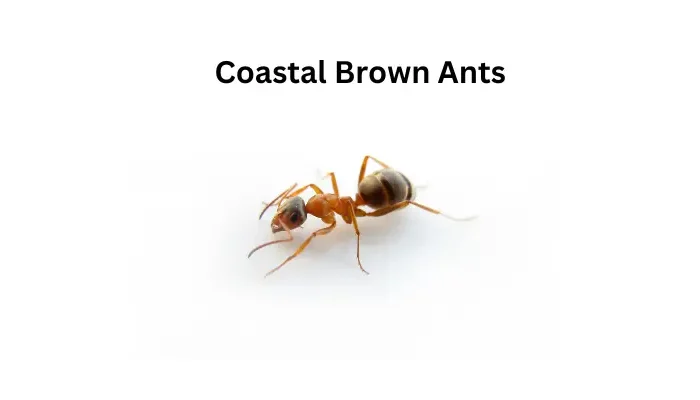





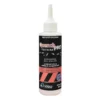
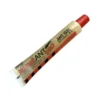
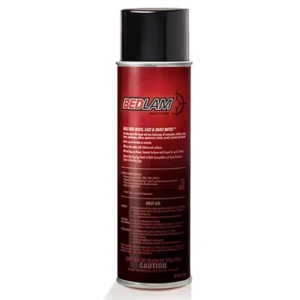



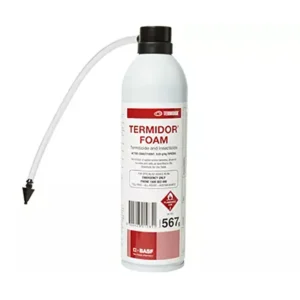


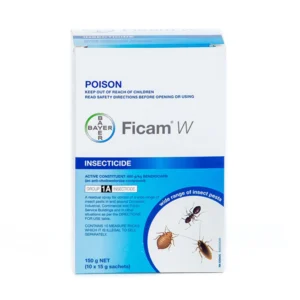

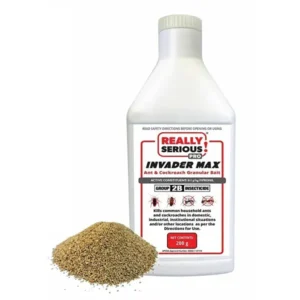

 Mosquito Traps
Mosquito Traps